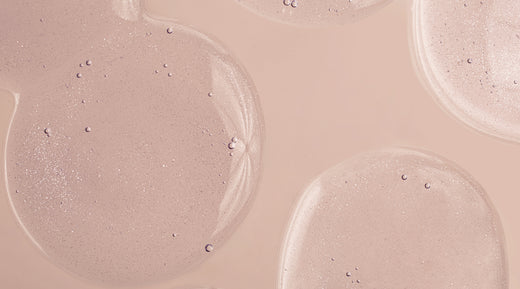When it comes to managing acne, there term "comedogenic" is frequently thrown around in skin discussion. Comedogenic ingredients are those believed to clog pores and potentially lead to breakouts, so it's no surprise that many people avoid them in hopes of clearer skin. However the idea that steering clear of comedogenic ingredients is a foolproof solution for acne is, in fact, a bit of a myth. Here's why simply avoiding these ingredients might not be the the panacea for acne treatment and why targeting the root causes of acne is crucial.
The number of times I have been asked is this cleanser, cream or product acne safe is astounding.
The reality is it is irrelevant if it is acne safe...... If it was working then you wouldn't have acne.
What is more relevant is does it contain the right actives required for regulating all the cellular processes in the skin.
This is where most people get it wrong. They think that avoiding comedogenic ingredients is the solution. If the cleanser you are using is not targeted for acne treatment or is drying your skin out. You will never get clear.
The Comedogenic Ingredient Conundrum
Comedogenicity refers to an ingredient’s potential to clog pores. Ingredients like certain oils, butters, and silicones are often labeled as comedogenic and thus avoided by those prone to acne. While it’s true that some comedogenic ingredients can contribute to breakouts by causing pore blockages, this is not the whole story. Acne is a multifaceted condition influenced by various factors, including hormonal fluctuations, skin type, and overall skin health.
Diet has one of the biggest impacts on acne. If a client is not compliant with diet, it does not really matter what products they use, they will NEVER get clear. This is why we spend so much time on skin consultations to ensure we have covered every possibility that is preventing you from clearing.

The Bigger Picture: Understanding Acne
Acne develops when pores become clogged with excess oil, dead skin cells, and sometimes bacteria. However, pore clogging is only part of the equation. Acne also involves:
- Inflammation: Acne can be highly inflammatory. It’s not just about blocked pores but also about how your skin responds to the blockage.
- Bacterial Overgrowth: Propionibacterium acnes (now known as Cutibacterium acnes) can exacerbate acne by feeding on sebum and causing inflammation.
- Hormonal Imbalances: Hormones like androgens can increase oil production, leading to clogged pores and acne.
-
Skin Barrier Dysfunction: A compromised skin barrier can lead to more frequent breakouts and irritation.

Why Avoiding Comedogenic Ingredients Isn’t Enough
-
Targeted Treatments Are Essential: While avoiding comedogenic ingredients is a good practice, it does not address the underlying causes of acne. For effective treatment, you need products that target the specific dysfunctions within your skin. This might include using ingredients that reduce inflammation (like holy basil), control oil production (like Belamcanda chinensis), or address bacterial overgrowth (like succinic acid).
-
Skin Type and Reaction Variability: Not all comedogenic ingredients affect every individual in the same way. Skin sensitivity and reaction to different substances can vary greatly, meaning that just because an ingredient is labeled comedogenic doesn’t mean it will necessarily cause breakouts for everyone.
-
Holistic Approach: Treating acne often requires a holistic approach. This includes a balanced diet, proper hydration, stress management, and, importantly, a tailored skincare routine that addresses your specific skin concerns. Relying solely on non-comedogenic products can overlook other critical aspects of acne management.
-
Potential Misconceptions: Some non-comedogenic products might still irritate the skin or interact poorly with other products in your routine. The term "non-comedogenic" does not guarantee that a product is gentle or effective for acne-prone skin.
Conclusion
While avoiding comedogenic ingredients is a reasonable approach to preventing acne, it is not a standalone solution. Acne is a complex condition that requires a more comprehensive strategy. To effectively manage acne, it’s crucial to focus on targeting the root causes of the problem and using products that address specific skin dysfunctions. A well-rounded skincare routine combined with lifestyle adjustments and possibly medical treatment is often the most effective way to achieve clear, healthy skin.
If you are still struggling with your skin, reach out to one of our skin therapists or to head office. Nobody should have to struggle with acne.
Read more

When it comes to achieving healthy and radiant skin, there is one ingredient that often goes unnoticed - ceramides. These naturally occurring lipids play a vital role in maintaining the skin's barr...

Natural skincare products are derived from plant-based ingredients, such as fruits, herbs, and oils, and are known for their incredible benefits. And one such amazing ingredient is tangerine - a ...



